-
Posts
1,227 -
Joined
-
Last visited
Content Type
Profiles
Forums
Articles
Gallery
Downloads
Events
Posts posted by SReynolds
-
-
I have, unfortunately, been horn bit. A friend bought a trenton recently and he literally ground it to resemble a pencil. He informed me it looked like someone has struck the end with a hammer and rounded it. I told him it is supposed to be like that.
-
Not sure which direction you tilted it. It is however designed to pivot about the pivot point/mounting bolt atop the pedestal.
It holds about one pint. I gave mine a good cleaning (first time for this blower, by myself ) and there is zero leakage. Anywhere. I do oil the input/drive shaft and SPILL oil there. But none is leaking.
There is a gap in the gear case as you said. No seal. No need. No oil will leak if you fill it to proper level. Overfilling will cause it to leak there. But that isnt gonna harm anything. The champion 400 blower, as well as others i imagine, are designed to spew oil. You squirt it in. It dribbles out. The Canedy Otto has a large sump thus placing that fan shaft much higher. Thus no oil weeps out from said location.
Don't recall if you have the forge to mount said blower (????) The air outlet is the mount. Thus that funky looking flange.
Smaller fan. Less air. The rivet forge doesnt require 12" fan case.
-
-
Did smith's of old (130 years ago etc. etc.) Not know or take time to secure a wroght anvil? I mean tie it tight to a tree stump so she won't ring?
When i began smithing with a set old Trentons, I knew to tie them/secure them tightly onto a solid tree trunk/block to stop the ring. Nobody had to tell me that. I didnt know much about smithing, if anything. However common sense prevailed when i was given a blacksmith shop to "do as I see fit" and mounted two Trentons and a post vise. The experienced smiths prior didn't have a clue or didn't care to do so proper.
I believe I answered my own question. Never mind...........
-
6 hours ago, ThomasPowers said:
Yes starting with projects for experienced smiths is always a bit rough.
Two thumbs up to that!
If i was a budding young smith, I would be focused on what today's society/young smiths refer to as "meaningless decorative items".
-
Reverse psychology. He simply wanted you all to come together and discuss the heart of this website by playing devil's advocate. You guys are thinking things through. Dont you see it?
Worked perfectly.
-
Rivet forge blower. Its the same thing. The forge was likely a western chief. Look up the forges on line undercanedy otto catalog.
Yours is the late model. Same gear case. Smaller fan case.
-
Made tongs from modeling clay. But when i pick them up, they droop towards the floor. What did i do wrong? My modeling clay knife won't hold an edge either........
-
Early model. Like to get me one.
-
You are reading into something which simply does not exist. The ads are an interesting read. I like the banter they employ to/with/for other companies. I will simply not buy one on the bashing of other companies alone. I dont know if other company adds employ similar smear techniques. They may very well have. Trenton simply states you will make more money with their anvil. Nothing mentioned concerning brand x and the numerous manners in which it will fail in short order.
Probably great anvils. The advertising leaves me perplexed as to the length they smear the other guys. Strange.
-
Copyright matetial. Cannot share.
-
I was reading up on them. They (apparently) made more anvils than any co.
It is interesting to note the description and steps employed to return a failed anvil to F&N for warranty consideration. In so doing the company takes opportunity to bash the Peter Wright brand anvils in the description of F&N warranty claims. What does Peter Wright anvils have to do with the warranty claim of a F&N? Jez-o-man! They list six or seven ways your Peter Wright brand anvil will fail..........in the description of Warranty claim to F&N. Why?
Unbelievable. I dont own a F&N nor a PW but after reading their hate for other brands; I wouldn't want one.
-
-
It is possible, but it is not showing any trademark like the vulcan anvils have. And they have an indistinguishable trade mark anybody can see. Nothing but a 70 cast into the center of front foot.
Any better guesses than the Vulcan? It has some rebound @ 50/60% with an impromptu test with my 1/2" ball bearing. It bounces a small ball-pein nice.
I intend to use it primarily as a conversation piece. Quoted 200.00 located in North East Ohio USA
-
The Fisher&Norris Eagles are odd to me. They claim all other makes are far inferior and made from garbage. Or was it trash......the lowest grade of iron available. Also claim, per their addvertising again, their anvil has no rebound and thus the hammer performs more work and thusly, you use a lighter hammer compared to other brands.
The company continued to advertise that if a wrought anvil rings, it is not wrought as solid wrought won't ring.
Also.......The company claims their anvil will never break, ( will not wear out too ,if i recall) and is the only brand anvil with a warranty.
Something strange. Interesting history and colourful advertising.
-
Go ye forth! Hammer on. I have seen many a makeshift anvil. But I cannot recall an issue with missed hits when i was a beginner, working on an anvil worth three times what my pickup truck was worth. I can, however, recall a number of missed hits last week.
This is something i put togther very recently. Because I can, not because I need it. It is track with the gusset. And a hardie tool holder.......no? I guess i took this pic prior to hardie hole. Oh well. Forge on.
-
Kimball Midwest. Columbus Ohio
Yes, I'm aware they cost four times what dewalt and major harware stores charge. But they are like Baskin Robbins. A huge selection of materials to choose from. I believe they now have diamond. In all abrasives.
-
A new BOOK!!!!!!
-
Cool. I use a Trenton shoers anvil quite often. I have oft wondered what the idea was behind this. Outside of simply "clip horn. I have spoken to many a farrier and they seem to dislike or perhaps ignore that clip.
I do enjoy attempting to forge shoes for my own enjoyment and simple amusement. I will have to watch that video. Thank you. I can't get my mind about what Frank describes outside of strike and rotate downward to vertical.
I see an add for such an anvil. Perhaps in the "anvil book"?? The toe of shoe is pictured resting upon the top of clip horn. Shoe is verticle, NOT horizontal and this flattens the toe when struck. Some shoes (either front or back i cannot recall) have a "square toe"
-
-
Yes. Is this a typo, a new technique Brian has developed or something quite obvious which I have not heard about in all my years?
-
Price per pound is the defining characteristic of friendship.
-
May I ask? Why did you mention you want your heat above the metal in your list?
A new Brian Technique?
-


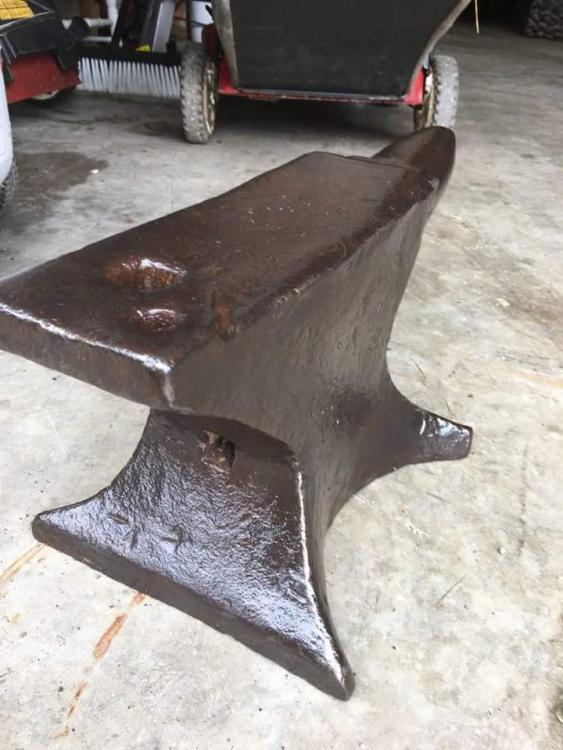
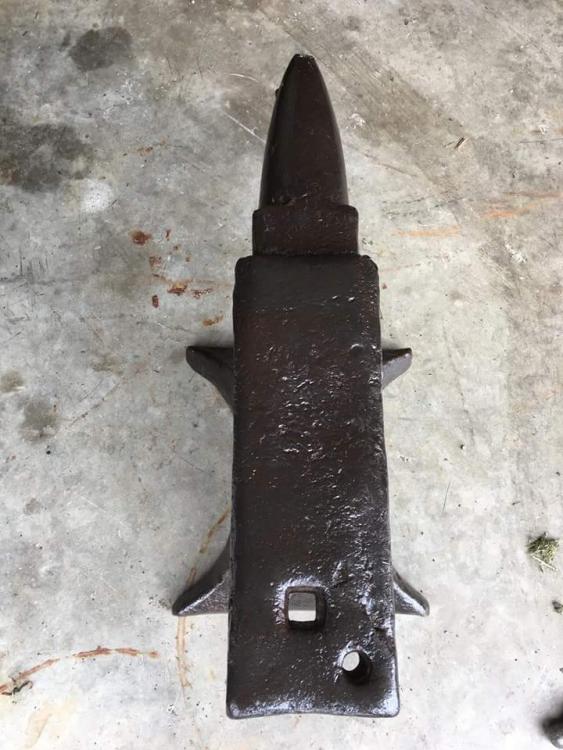
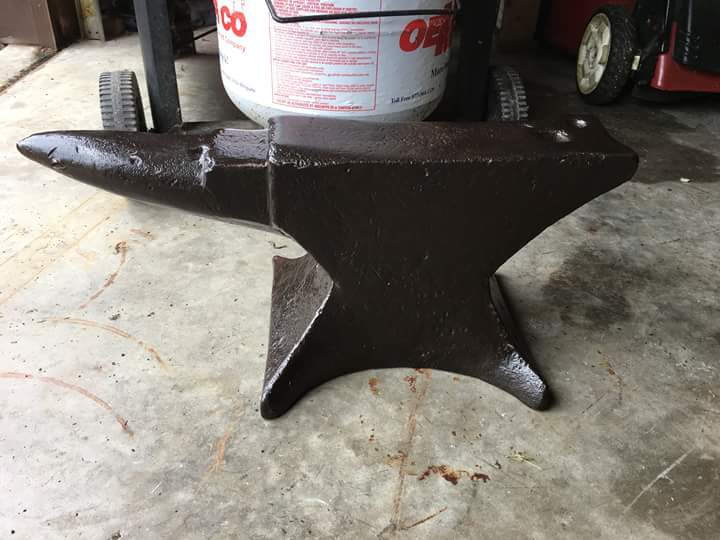
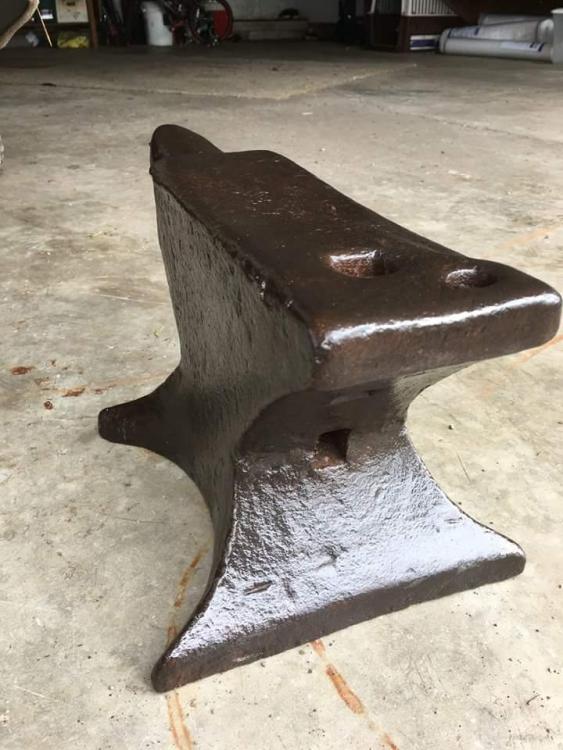
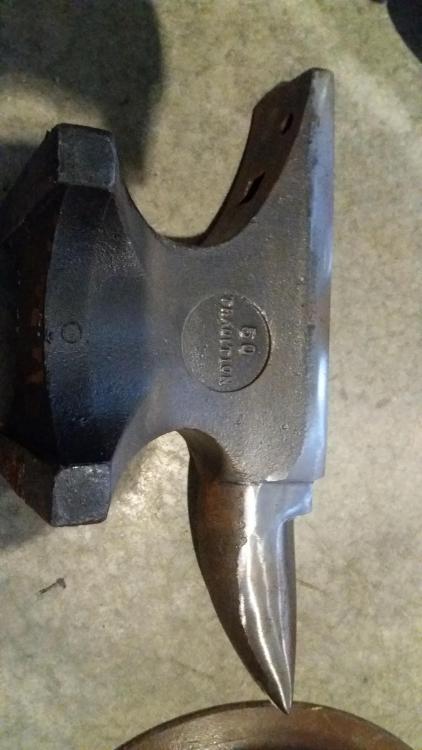
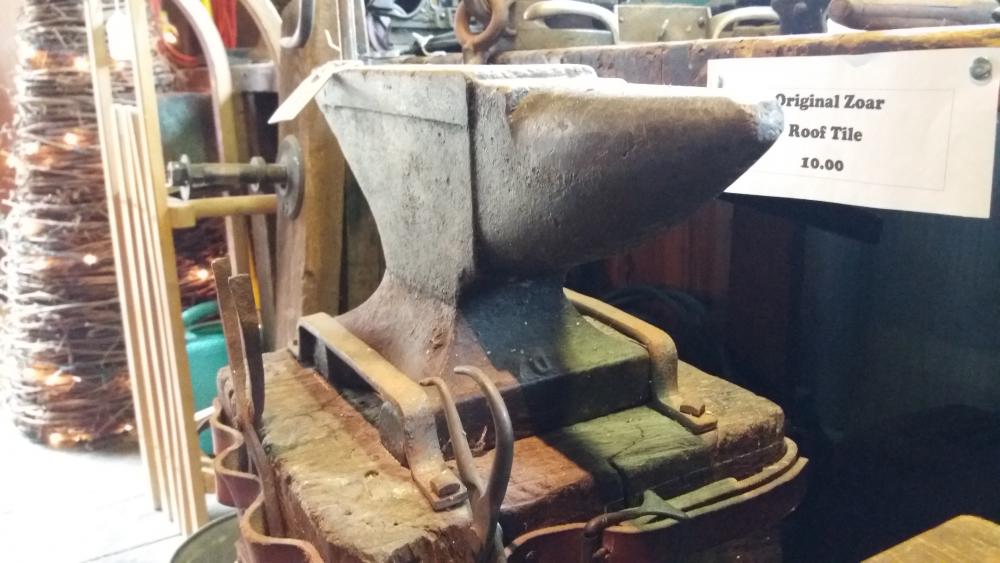
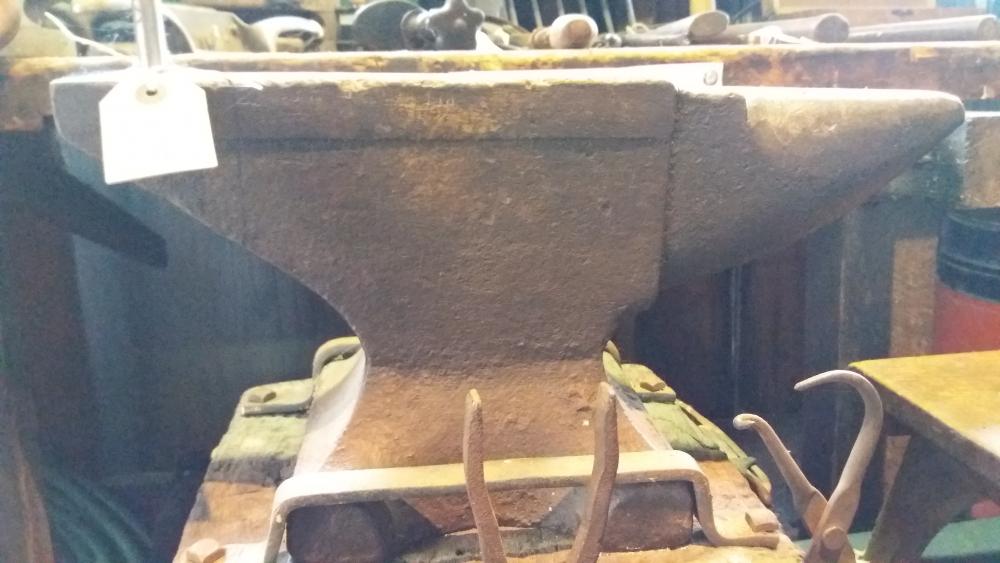
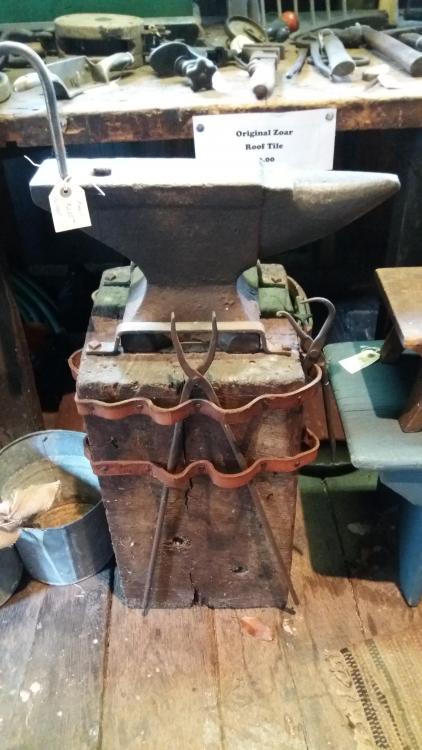
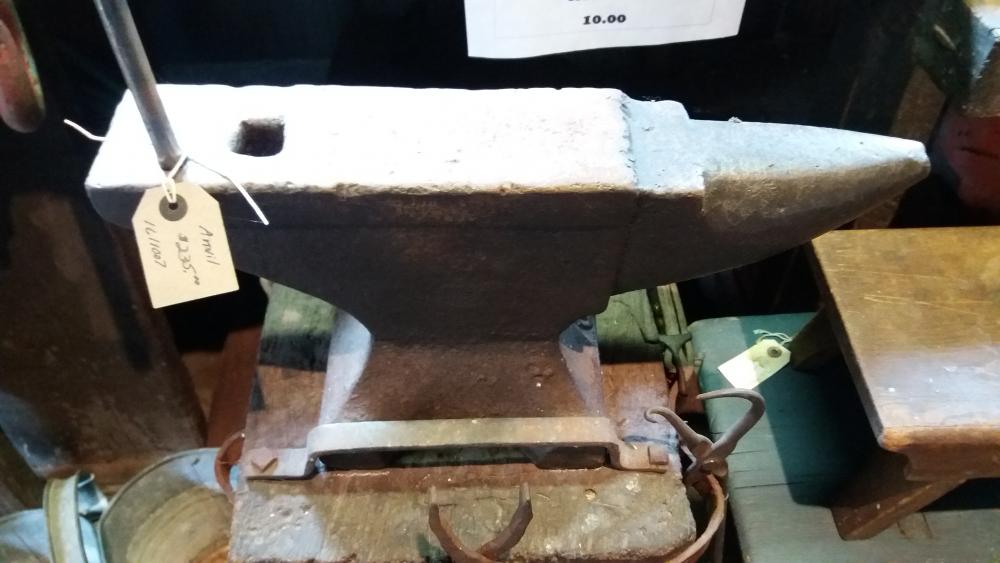
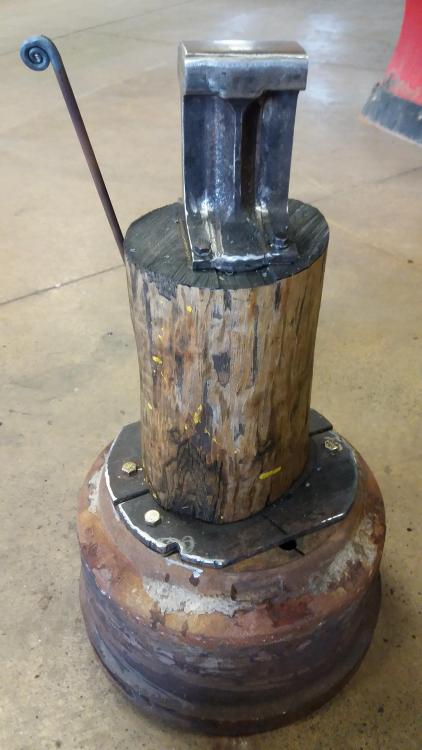
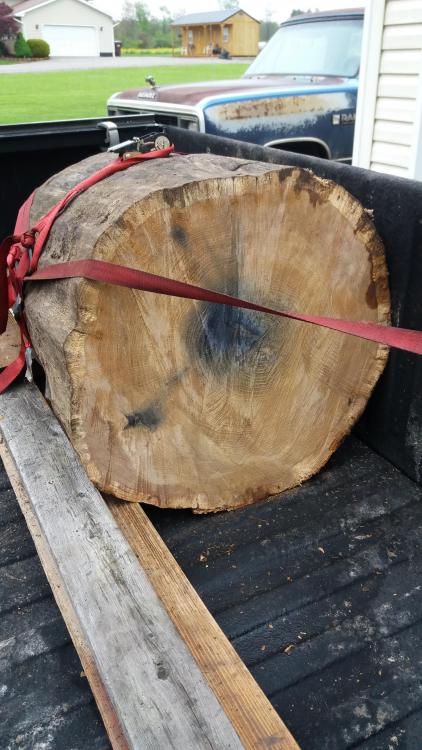
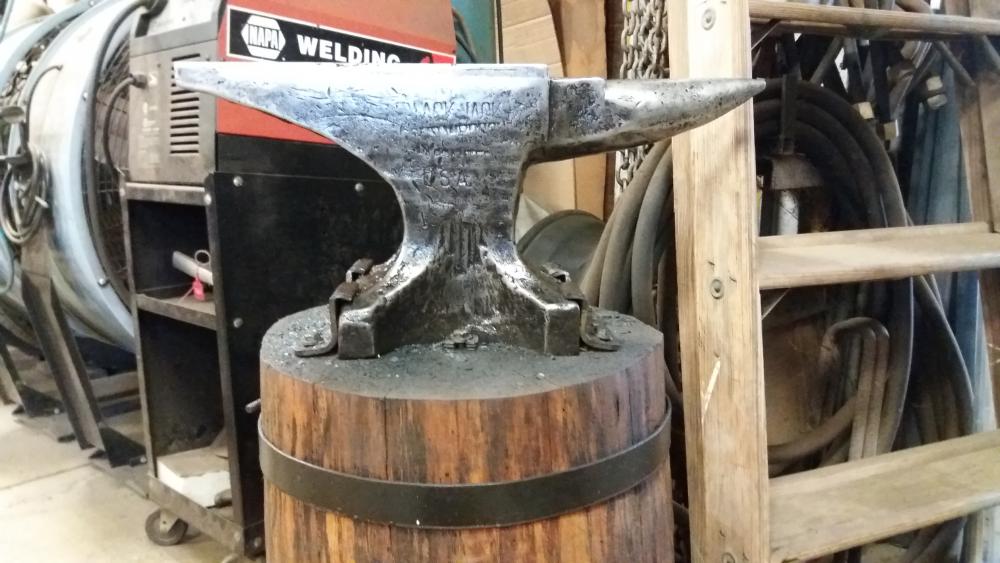
Identify wrought iron
in Blacksmithing, General Discussion
Posted
I'm informed there are several classifications of wrought. In order to work it proper, you must identity it first. So I'm told. Which leads to further questions.
I have some wrought and do not remember how to classify it. When i use it (forge it) this stuff crumbles apart like kiln dried pottery. Wondering what folks see in this and again, infirmed i must first identify the classification first in order to work it properly.
I love 1020 and buy it new. Thus i know what it is and how it reacts. Like to better understand wrought but it simply dont like to be forged.